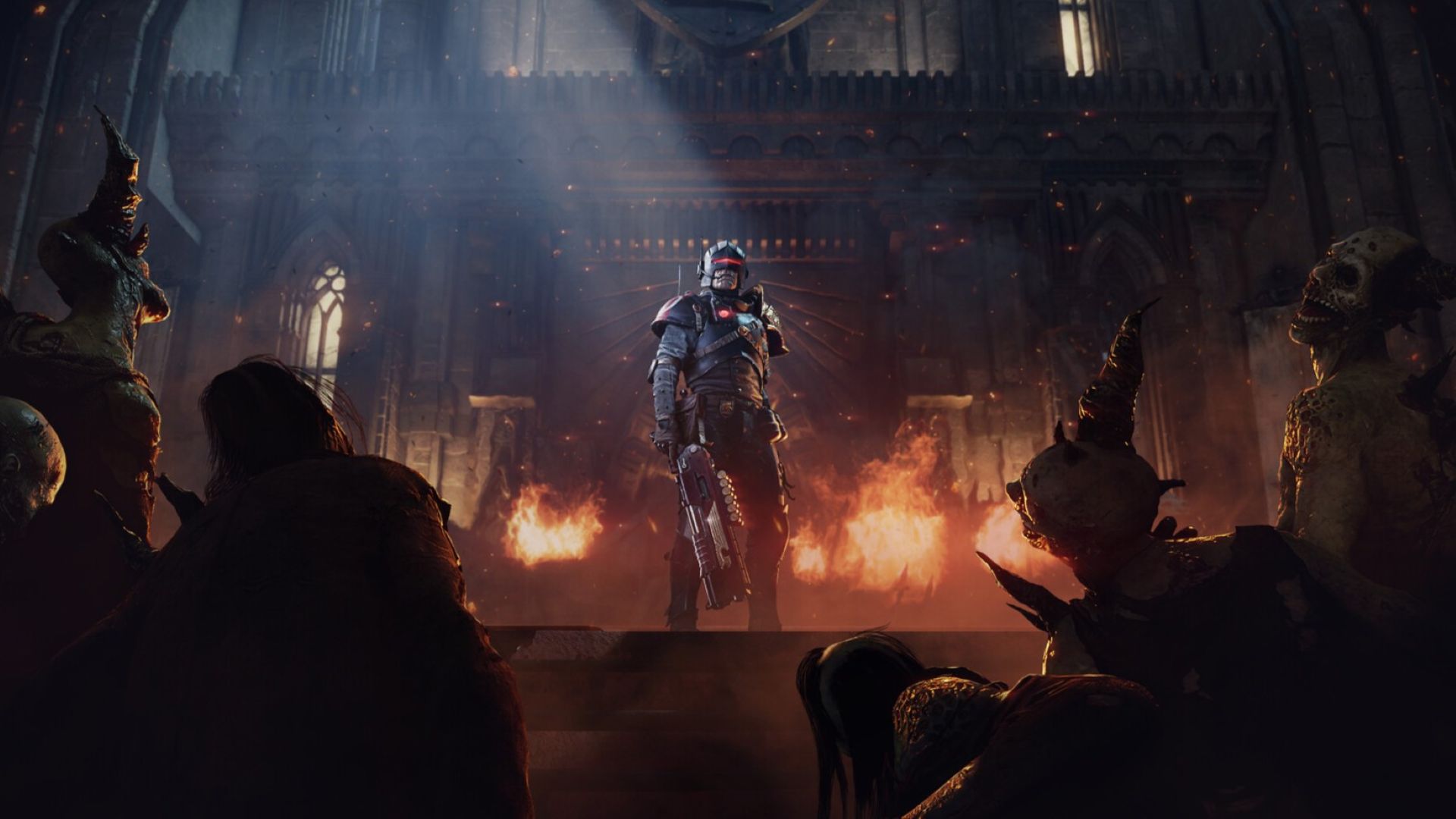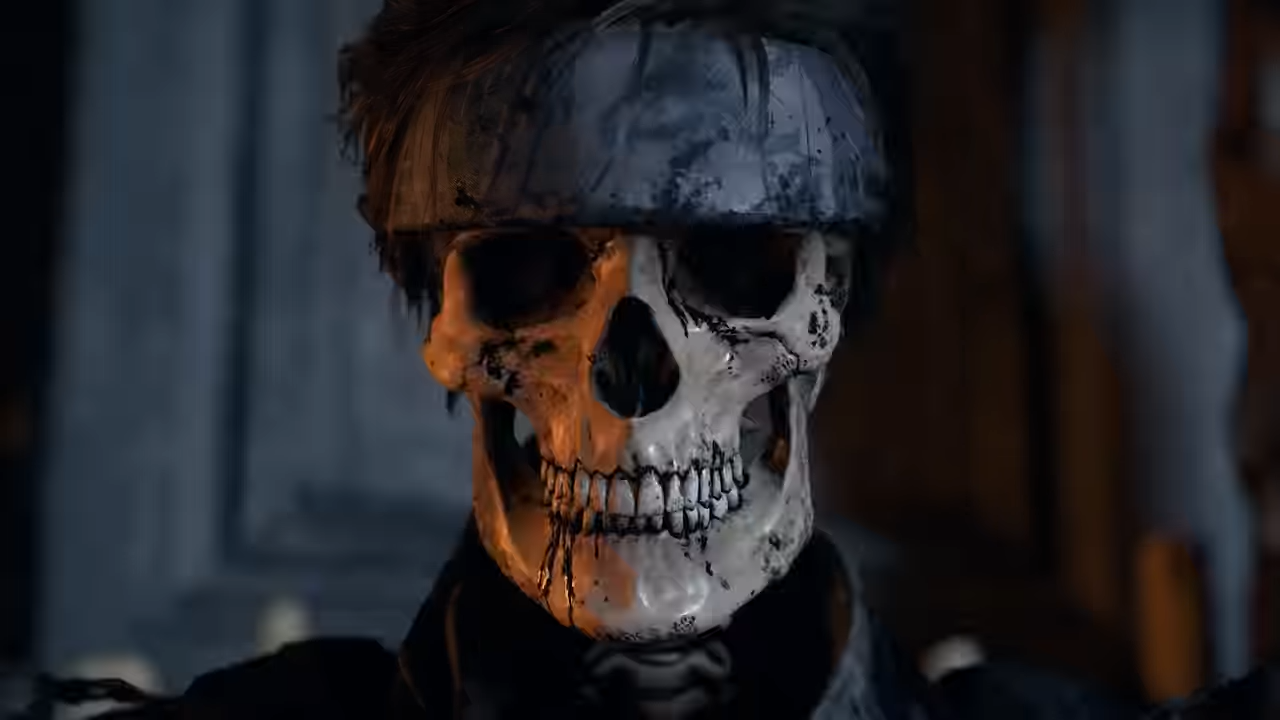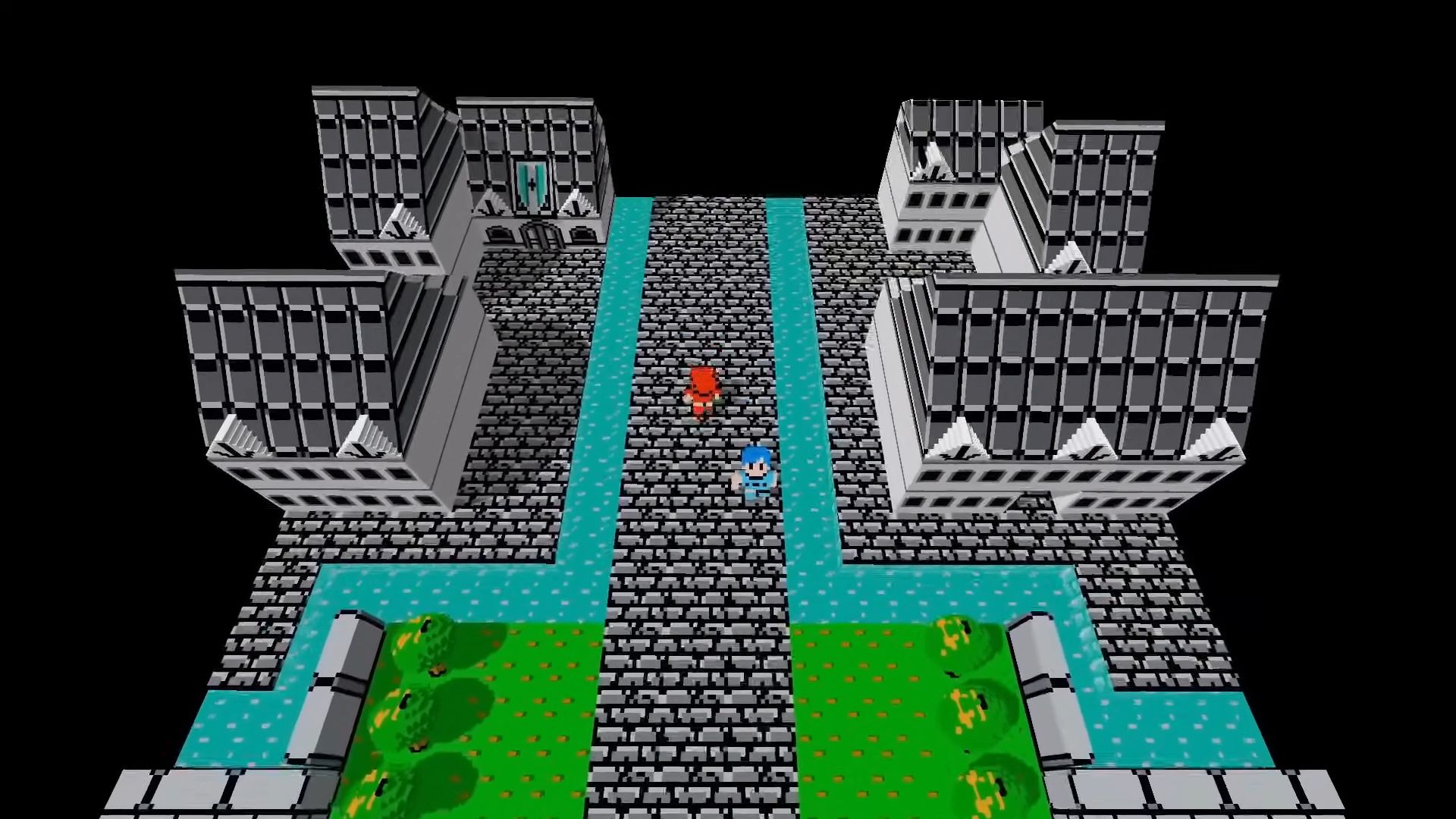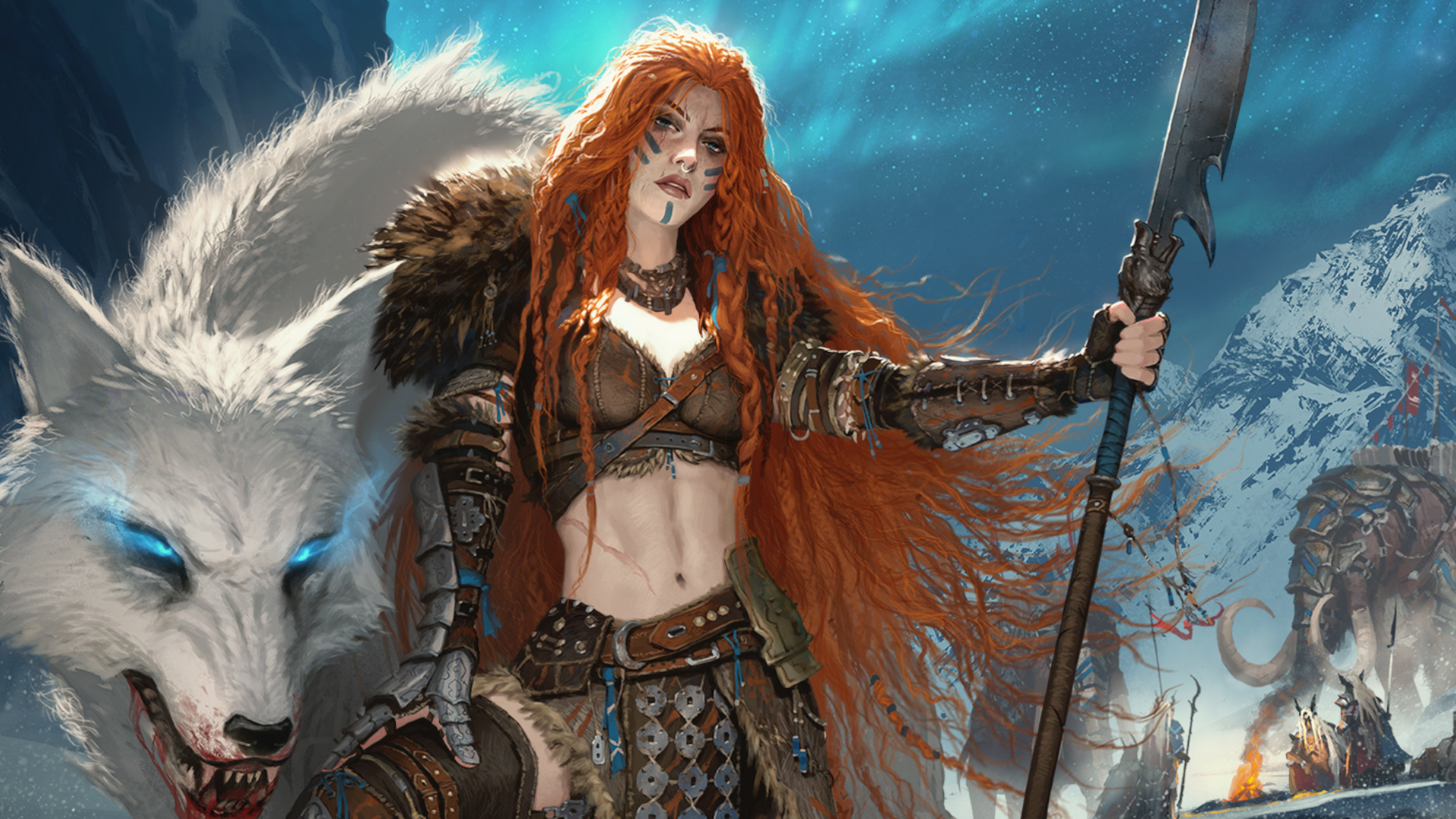
You know all of those miserable towns you find in fantasy RPGs like The Witcher and Diablo, usually in a swamp where the locals live in a precarious balance with whatever monstrosity demands they feed it children? How do they even survive out there? That’s the idea behind Gord: A blend of roleplaying, real-time strategy, and colony simulation that should lead to making tough choices in areas like careful building, precarious combat, and tense emergent story. Instead, each of the three aspects is implemented in such a barebones way that not one of them is deeper than a quagmire or remotely entertaining. The result is about as engaging as living in a swampy, miserable town you’re desperate to leave, and when you finally do and your parents ask why you never visit you tell them it’s because not only is their town not fun, it has bad inventory management to boot.
Gord’s set in a dark fantasy world that takes the term seriously, to the point where its sun is apparently dead. It’s dark all the time, monsters haunt the wilds just outside the door, and the extended darkness is having a real effect on peoples’ sanity. It’s a decent enough world premise, with some neat character design and intriguing plots, but the story you actually play out is a bit of a drag. A large kingdom has nearly unified “the south” and will soon be conquering “the north,” an awful blend of swamps and other such wasteland infested with monsters that no one in their right mind would want to fight over. Your job, as a representative of the southern king, is to go north and establish a relationship with one weak, unlucky local tribe so that they can serve as guides in the coming invasion. That means establishing new outposts, stockaded settlements called gords, in the monster-infested mires, highlands, and woods.
You’ll also occasionally deal with monsters too strong to fight called Horrors, which will demand you do something like sacrifice a child or fetch their lost stuff. This sounded promising, like it would kick off some hard life-and-death choices, but realistically you just do whatever they want and move on, with no long-term consequences. Even for the child sacrifice, which you’d think would come back to haunt you.
You’d think child sacrifice would come back to haunt you.
The plot inevitably delves into a Slavic-inspired dark fantasy spiel about dead gods and epic conflicts, but it does so without any real flair or dramatic voice. It’s just people regurgitating backstory in lieu of anything notable happening around you. Most of the background comes in the form of a lore journal, the Chronicle, that narrates stories at you in pseudo-archaic language. None of the writing is either meaningful or memorable. The lone good voice performance, the obnoxious and disgusting king’s emissary, salvages his own cliche-ridden lines, but can do nothing to lift up everyone and everything else.
Of course, I’ve seen worse stories fail to sink a solid game, but Gord’s gameplay turns out to be uninspired and shallow as well. Your town of six to 18 villagers is confined to the gord, and every building must be made inside the palisade space so that it’s protected. Space is at a premium, as are resources, so sometimes you need to make a choice like “Do we want fishermen or hunters?” In practice, though, you’ll just play fiddly Tetris with building placement and, as a worst-case scenario, knock down something you no longer need to make room for more. Later you can just expand the walls, so the limited space never becomes a challenge to think your way through.
It’s nothing like the strong base-building defense games of recent years, with neither the defensive flair of They Are Billions or the strong resource management of Northgard. That might be fine if the colony sim was deeper than a five-resource, dozen-building RTS, or if the characters had engaging personalities with strengths, weaknesses, wants, and needs. Alas…
There simply isn’t enough variety of buildings and resources to make Gord function as a compelling colony sim. Its campaign focuses on scenarios that are each about an hour and a half long, which means you repeat the same build order over and over, occasionally modifying it when the campaign trickles out a new building or upgrade tier. Every task has a best way to meet its challenge, from food gathering to map exploration, that quickly becomes repetitive to execute. A scant few scenarios made me change my template: A map with long winters means you can’t rely on mushroom gathering, for example, and should trade for more of your food. More of that would’ve gone a long way to help break Gord out of its laborious rut.
Nobody cares that Jim is afraid of plant monsters because Jim spends all his time on the wheat farm.
On top of this you have villagers that are your RTS-style units, each with a health, sanity, and faith meter. Sanity is the most interesting of the three, decreasing the longer someone spends away from the Gord in the dark and alone, whereas Health and Faith are just pools of points to keep full so that they stay alive and/or act as batteries so you can use spells. In classic colony-builder style each also has skills that make them better or worse at certain tasks than other villagers, alongside a few personality quirks that are, generally speaking, very, very easy to ignore because they provide an extremely rare circumstantial penalty or bonus. Nobody cares that Jim is afraid of plant monsters because Jim spends all his time on the wheat farm. If someone’s bonus is so good or bad that you actually notice it, well, you keep them around or send them into the swamp to die, respectively. Like a guy who’s only good at fighting but loses Sanity in combat—that’s just a waste of food and gold so you make him fistfight bears until he dies.
Because for all the noise that Gord makes about being a survival game, it’s just not that hard – even on the hardest difficulties. It’s challenging to be sure, but the challenge comes from tedious micromanagement of where your villagers are allowed to go and when. Most of the difficulty is in ensuring that Jim Thatcher gets a regular mead break so his sanity meter doesn’t go all the way down, and that he doesn’t blindly and suicidally wander into an obvious monster den on his quest for more reeds. It’s a game of dark fantasy babysitting.
Contrast that with a recent colony-building RTS, Stranded: Alien Dawn, where managing individual characters is extremely dependent on their strengths and weaknesses, but rather than babysit them you provide the basics, diversify resource income, and improve overall conditions—not personally remind them to drink enough water. That’s not to mention the gulf in how nuanced combat is between the two games.
The monsters themselves are not interesting to fight, even when they’re visually distinct or have a flashy ability you barely notice. Most battles are just rapid slaughters where your experienced soldiers wreck a pack of wolves or a few weird eyeball goblins without much input from you. Some skirmishes against big monsters, however, require you to diversify and properly micromanage a few unit types. Axes do the most damage, bows are ranged, spears are tough. There are theoretically unique enemy behaviors to exploit – some attack your strongest soldiers first, others try to pick off your weakest – but this doesn’t create diverse tactics, it just means you move in certain soldiers a few seconds after others or pull a weakened unit back for a few moments so they change target. Against the hardest enemies you have to be sure you’ve got some Faith stored up so you can cast a few basic heal, buff, or nuke spells mid-combat, but it never comes anywhere near the level of tactical depth you’d find in an RTS like Age of Empires 4 or Company of Heroes 3.
Perhaps all that micromanaged village stuff and combat tactics wouldn’t be so mind-numbing if not for a shockingly backward and obtuse user interface. Rather than a simple, straightforward unit panel – as has been seen in real-time strategy games for going on 25 years now – Gord has an inexplicable three-page character sheet for each of your dozen or more villagers that takes up far too much screen space. It spreads stats, inventory, and skills across three entire tabs in a huge panel. Yes, each character’s three-slot inventory gets a whole page, so to swap items between characters you’ve got to open this sheet and go to the right tab. None of these characters has more stats than a Warcraft 3 hero, but the way that same information is displayed here takes up – by my napkin math – six times the screen space (and then makes it tabbed).
UI aside, Gord’s realistic visual design is just visually cluttered. It’s hard to see vital stuff you need to click on without activating the mode that highlights everything, and the dark color palette is so monotone that the few exceptions – like a snow-covered winter – come as a refreshing shock. Forests in particular are guilty of this, requiring you to pan and rotate around thick trees as only the barest few in the screen center turn transparent to give you a view of what’s happening.






